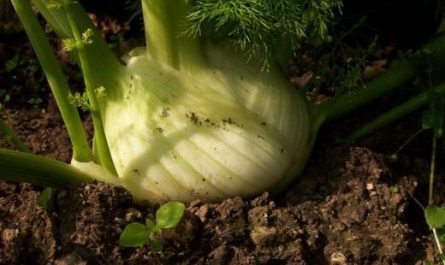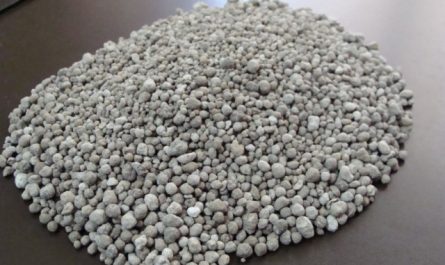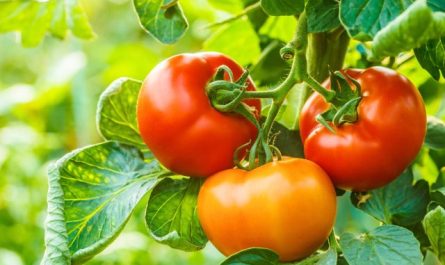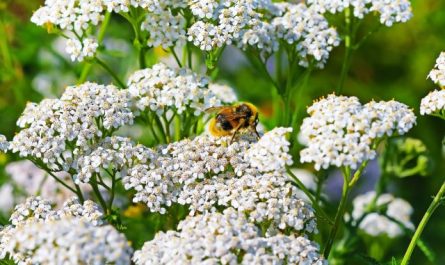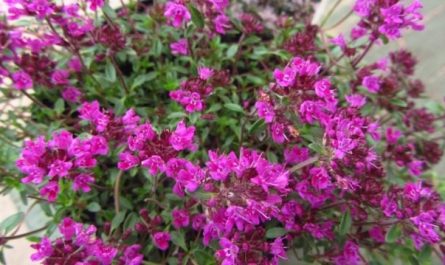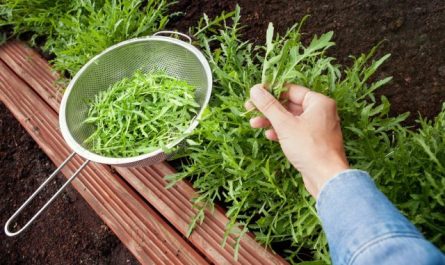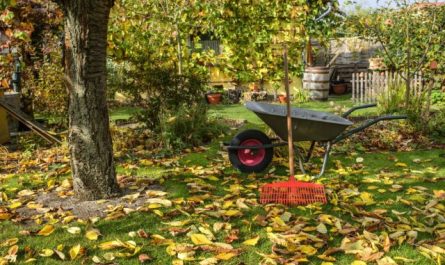Hello, dear gardeners, vegetable growers and florists! My dears, many of you, when arranging a garden on your plot, planning plants, select varieties and do not know which varieties to choose, how to settle on varieties. And now is the best time to try these varieties, to know what they taste like.

After all, usually in catalogues, reference books, pomologies all the characteristics are written very briefly and it is not always clear what “sweet and sour taste” or “sweet” or “sourish” means. Very abstract, right? Not to mention the fact that smells are generally very difficult to convey.
Of course, each of you should know without fail such an old Russian variety called “Antonovka”. There are several varieties of Antonovka. Some count about 20 and even 30. But, in fact, there are not so many of them. Real Antonovkas. More precisely, here is a real Antonovka, i.e. an ordinary Antonovka looks like this – look. It can be simply pressed in shape, flattened, it can be a little elongated, the bottom, the lower part, the top of the fruit. So, the green color is typical.

Maybe, if the apple was in the sun, there would be this yellowing, this blush. And definitely this rustiness. This spot is rustiness. And, of course, by smell. You can’t confuse Antonovka with anything by smell. An ordinary Antonovka should smell like an ordinary Antonovka. So, having cut an apple, for example, yes. It is also very important to know, for example, the color of the seeds. This can also characterize the variety very well. And you won’t be mistaken, you won’t be deceived. For example, the seeds should be dark brown.

Here, I’ll take it now and show it on a white background. Perhaps, such dark-brown, medium size. And, of course, the smell should be specific. The taste of Antonovka apples should be preserved until about the New Year. After the New Year, Antonovka loses its unusual qualities, taste qualities, and turns into boiled potatoes.
There is Antonovka, for example, sweet. This is also such a variety, you can buy it in nurseries. Completely different. If the surface color is uniform here, there are very, very few dots. You know, there are such whitish dots? There are very few of these dots here. But the sweet Antonovka has quite a lot of them. Please look at these dots.

Stroevskoe apple. Look, it’s a small apple. If you don’t take care of your apple trees, prune them in time, feed them, you’ll have exactly the same apples called “Stroevskoe”. By the way, the variety is very good, both in taste and in its lightness. It will lie until May, or even until June, remarkably preserving all its wonderful properties.

Here is an apple called “Freshness”. Look how beautiful it is. Extraordinarily beautiful. And the same thing, it lasts a very long time. If you have a storage facility, then, of course, at a temperature of about zero degrees, without light – if you go into the storage facility, then turn on the light literally for a moment – your apples will last until June.

And very, very good taste. Look how firm the apple is. Oh wow. You see, right? The flesh is not as white, you see, like Antonovka, but still has a slightly green color. You see, the flesh is crunchy. Very tasty. The seeds are much larger than, for example, Antonovka, if you compare.

“Semerenko”, well, look. Is it possible to confuse “Semerenko” with some other apple? Of course not. Just seeing such a size, you can already wonder, is it Semerenko? Again, everything depends on care and, to some extent, on weather conditions. By the way, Antonovka at one time lost its attractive qualities and there are very few of them in gardens. Now this love for Antonovka is returning. But know that if you plant Antonovka, it does not pollinate itself, it is self-sterile, so it is imperative, imperative to plant some 2-3 varieties with Antonovka.

Here, for example, is the apple “Bogatyr”. This apple, in general, came from the Antonovka line. Therefore, it resembles, of course, Antonovka, but is 2 or even 3 times larger than Antonovka. The taste is very good. Unlike Antonovka, it can be stored until May. In May, you can make charlotte. The same thing, crispy pulp. You pick it from the tree when the apples are ripe, at the end of September, and it is ready for consumption.

“Memory of the Warrior” is an excellent variety. It always wins medals at exhibitions. “Lobo”, look at what “Lobo” looks like. You know, when you look at the characteristics of apples, you need to know about 50-60 different nuances. Only by adding all these characteristics together can you definitely know what variety it is. Therefore, we can easily determine what kind of apples they are, while some apples are very difficult.

Here, please, take an apple called “Orlovsky Sinap”, and this is “Northern Sinap”. You see, the difference, firstly, can be quite big. But, again, where they were poorly fed and watered, the apple is smaller. Although the characteristics of these two varieties are very, very different. Indeed, “Orlovsky Sinap” should be large, “Northern Sinap” is smaller.

And, please, another old variety, “Aport”. Well, what’s wrong with “Aport”? Aport is much, much better stored than, for example, such a variety as “Streifling”. Streifling lasts 2 months at most. This one is stored much longer.

My dears, please go to the markets, try real, village apples. Decide on the varieties that you like and plant only them in your plots. So I wish you more time to prepare, to choose the varieties that you like most and will not disappoint you in the future, and, of course, all the best.
Nikolay Fursov. Candidate of Agricultural Sciences


